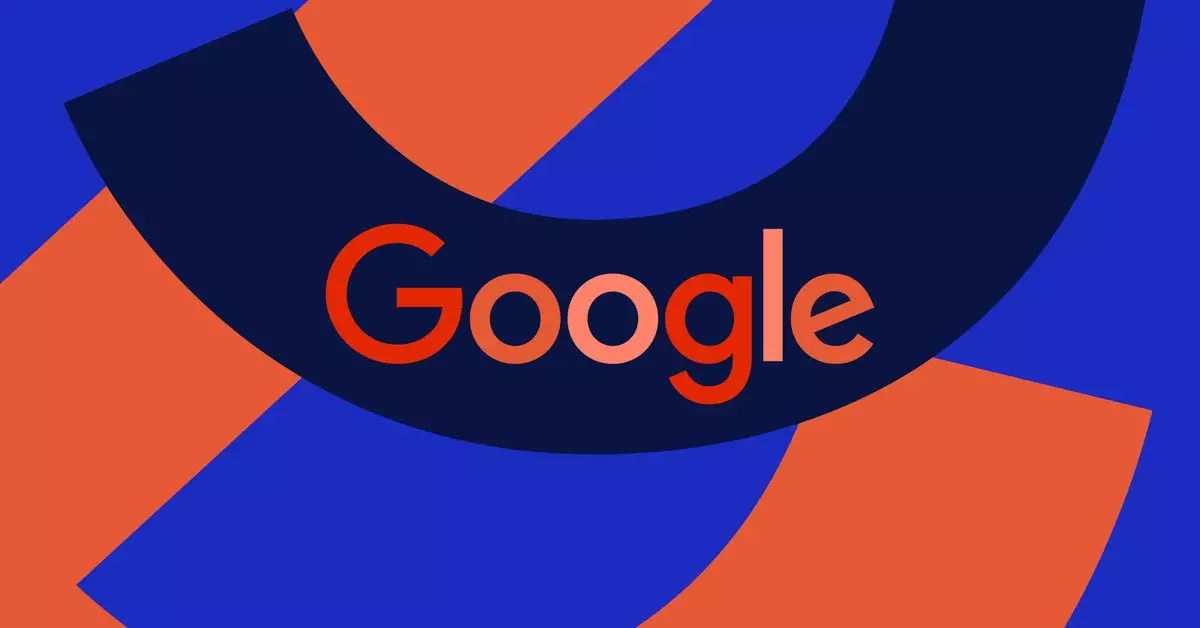Google launched NotebookLM last year, a note-taking app designed for researchers, students, and anyone in need of organizing gathered information. The app initially accepted Google Docs, PDFs, and text files as sources, but now users can also upload Google Slides and web URLs. With the recent update, the Notebook Guide feature has been introduced, allowing users to create study guides, FAQs, or briefing documents. Additionally, inline citations can be included, pointing to up to 50 sources per project, with each source being able to handle 500,000 words. This is a significant improvement from the previous limit of only five sources.
Not Just a Research Tool
NotebookLM is not just a tool for gathering information, but it also provides users with the ability to ask questions about charts, images, and diagrams uploaded to the platform. Powered by Gemini 1.5 Pro, Google’s latest large language model, NotebookLM can analyze and provide insights into graphical data. The platform is designed to be a closed system, meaning that it will not conduct web searches beyond the content added by users. This ensures that answers generated by NotebookLM are based solely on the user’s corpus of information.
Hands-On Experience
As a reporter covering AI, I had the opportunity to test out NotebookLM and explore its new features. While the Notebook Guide was not yet available during my trial, I was able to add new data sources, receive inline citations, and utilize Gemini 1.5 Pro to analyze graphs. When requesting information from a PDF containing a line graph, NotebookLM was able to provide the necessary data accurately. I also tested its summarization capabilities by asking for an overview of the EU AI Act, and it successfully provided a summarized version with proper citations.
However, during my demo, I encountered an issue with web URL sources. Despite pasting a link into NotebookLM, the model failed to display the website in the list of sources. This limitation suggests that there may be some technical challenges that need to be addressed to ensure a seamless user experience. While NotebookLM offers valuable features for organizing and analyzing information, it is essential to address these issues to maximize its effectiveness.
Google has highlighted examples of how NotebookLM has been utilized, including author Walter Isaacson using the platform to analyze Marie Curie’s journals for an upcoming book. This showcases the potential of NotebookLM as a research tool that can aid in information organization and analysis. As Google continues to refine and improve the platform, users can expect more enhancements and features to streamline the research process.
Google’s NotebookLM offers valuable tools for researchers, students, and individuals seeking to organize and analyze information effectively. With new features such as the Notebook Guide and inline citations, users can enhance their research capabilities. While there may be some limitations to address, the overall potential of NotebookLM as a research tool is promising. As technology continues to evolve, platforms like NotebookLM play a crucial role in advancing research methodologies and knowledge dissemination.


Leave a Reply